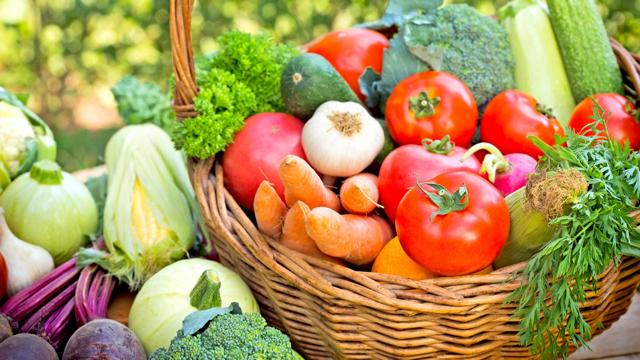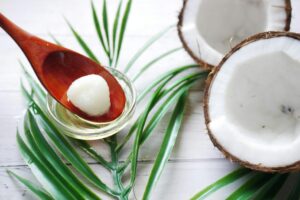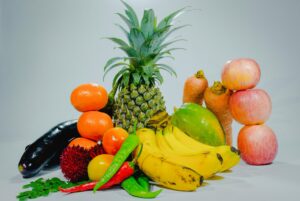Vegetables Cooking Recipes

Vegetables cooking recipes, vegetables cook in many different ways. The secret to cooking them perfectly is to cook them the same way every time. This doesn’t just make it easier, it means you won’t have to spend time figuring out how to cook your potatoes again. By following these simple steps you can easily transform any vegetable into something delicious! Oven vs Stove – Which one is right for You? Even if you’re not a huge fan of the oven, you may still want to give it a try when it comes to preparing vegetables. After all, who wants to eat an overcooked piece of Brussels sprout when they can have something crunchy and fresh right from the oven? A stovetop is also a great option if you don’t like using your oven or don’t have one available at home. It makes it so easy to throw everything in and heat it up on the stovetop without having to worry about an oven or expensive electric oven. So which method is right for you? Let’s take a look at both!
What is the difference between an oven and a stovetop?
An oven is a controlled environment where things cook at a very specific temperature. Ovens are usually black, because there’s no need to keep the heat in the room from reaching the food. A stovetop, on the other hand, can reach very high temperatures, so you don’t have to worry about keeping your kitchen from getting out of control. Both ovens and stoves are used to cook food, but there are important differences between the two. The most significant being that an oven can reach much higher temperatures, often over 600°F (315°C), whereas a stovetop can only reach about 400°F (200°C). This means that you need to pay attention to your cooking to ensure that the temperature inside your home is consistent with the temperature outside.

Oven vs Stove – Whichcook Is Right For You?
Stovetop cooking is ideal for making quick, one-dish meals. It saves time, allows you to thoroughly cook your food, and can be done on the most basic of cooktops. However, if you’re not a huge fan of the stovetop or you don’t have one at home, the oven can also be a great option. The most important thing you can do when cooking vegetables in the oven or on the stovetop is to follow the directions exactly. You can deviate from them only so far as to use a different type of cooking oil, but you must follow the recipe to the letter. If you deviate from these steps, the outcome will likely not be as good as when you follow them to the letter.
How to Cook Vegetables in the Oven or on the Stovetop
If you’re using the oven, follow these steps to cook vegetables to perfection: Preheat the oven to 350°F (180°C) Select a type of vegetable that cooks quickly, such as bell peppers, broccoli, green beans, or tomatoes. Drain and rinse the vegetables thoroughly to remove the excess water. Sprinkle the vegetables with salt, shake them in a bowl to evenly distribute the salt, and place them in a single layer on a parchment paper- or foil-lined rimmed baking sheet. Bake the vegetables at 350°F (180°C) until they are completely soft, about 1 hour. If you’re making enchiladas or another type of baked potato, the baking time will be longer. If you’re using the stovetop, follow these steps to cook vegetables to perfection: Preheat the stovetop to high heat (400°F or 20°C) Select vegetables that are firm, without too much water content, such as asparagus, bell peppers, eggplants, and zucchini. If the vegetables are not yet soft, lightly salt them (1/4 to 1/2 tsp salt) and set them aside. Coat the vegetables with oil, and then place them on the stovetop. Scoop the vegetables out of their skins with a slotted spoon and place them in a bowl. Use the same bowl to toss the cooked vegetables with your favorite ingredients, such as salsa, guacamole, or salad.
The Pros of cooking vegetables in an oven or on the stovetop
Easier to clean up – You can simply peel and de-vein or peel and core the vegetables and throw them into the sink or dishwasher. They will be easier to clean up when finished cooking. More versatile – You can cook most vegetables in the oven or on the stovetop, and they taste just as good either way! More affordable – If you’re on a budget and don’t mind making a few modifications to save money, the oven is the way to go. Healthier – Cooking vegetables in the oven or on the stovetop gets rid of the excess water and solidifies the nutrients in the vegetables. Easy – Cooking vegetables in the oven or on the stovetop requires almost no effort, as there’s almost no difference in the cooking time. Healthy – Cooking vegetables in the oven or on the stovetop is great for you, as it gets rid of the watery parts of the vegetables and keeps the nutrients intact.
The Cons of cooking vegetables in an oven or on the stovetop
Slightly longer cooking time – Because of the higher temperature involved in the oven or the stovetop, it will take slightly longer for your vegetables to cook than if you had cooked them in a water bath. Tendency to stick – When it comes to stir-fries, stews, or casseroles, most of us don’t want pure vegetable starch. We want vegetables that are cooked down into a puree or purée, like potatoes are in a stew or oatmeal is in a casserole. Unfortunately, the water in the potatoes and other starchy vegetables will not easily succumb to the need to be reabsorbed. As a result, they will remain visible in your final product and taste very “starchy” to those who aren’t a fan of potato-style dishes.






